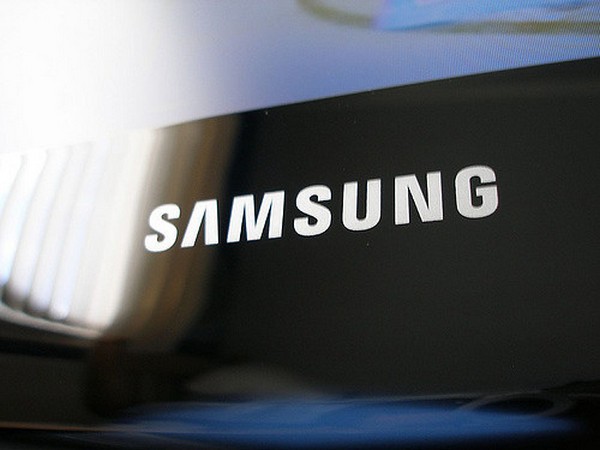Samsung, Stanford researchers develop 10,000 PPI OLED display
Currently, most smartphones support around 400 to 500 PPI resolutions and in addition to televisions and smartphones, the new ultra-high-resolution display could be especially useful for virtual and augmented reality devices to deliver more realistic images with true-to-life detail.

- Country:
- United States
Researchers from the Samsung Advanced Institute of Technology (SAIT) and Stanford University have developed a new OLED - organic light-emitting diode - display that could deliver resolutions of up to 10,000 pixels per inch (PPI).
Currently, most smartphones support around 400 to 500 PPI resolutions and in addition to televisions and smartphones, the new ultra-high-resolution display could be especially useful for virtual and augmented reality (AR/VR) devices to deliver more realistic images with true-to-life detail.
Based on ultra-thin solar panel design, the new "metaphotonic OLED" displays not only allow for an ultra-high pixel density but also have brighter and better color accuracy than existing versions as well. Additionally, they are said to be much easier and cost-effective to produce.
The new displays use a base layer of reflective metal with nanoscale (smaller than microscopic) corrugations, called an optical metasurface. The metasurface can manipulate the reflective properties of light and thereby allow the different colors to resonate in the pixels, subsequently facilitating effective light extraction from the OLEDs.
According to a Stanford report, in laboratory tests, the researchers successfully produced miniature proof-of-concept pixels that had a higher color purity and a two-fold increase in luminescence efficiency as compared to color-filtered white-OLEDs that are used in OLED televisions.
"The next steps for integrating this work into a full-size display is being pursued by Samsung, and Brongersma eagerly awaits the results, hoping to be among the first people to see the meta-OLED display in action," said the report.
The advance seeks to offer an alternative to the two types of commercially available OLED displays - a red-green-blue (RGB) OLED and white OLED displays.
- READ MORE ON:
- Stanford University
- Samsung
- OLED
- augmented reality










